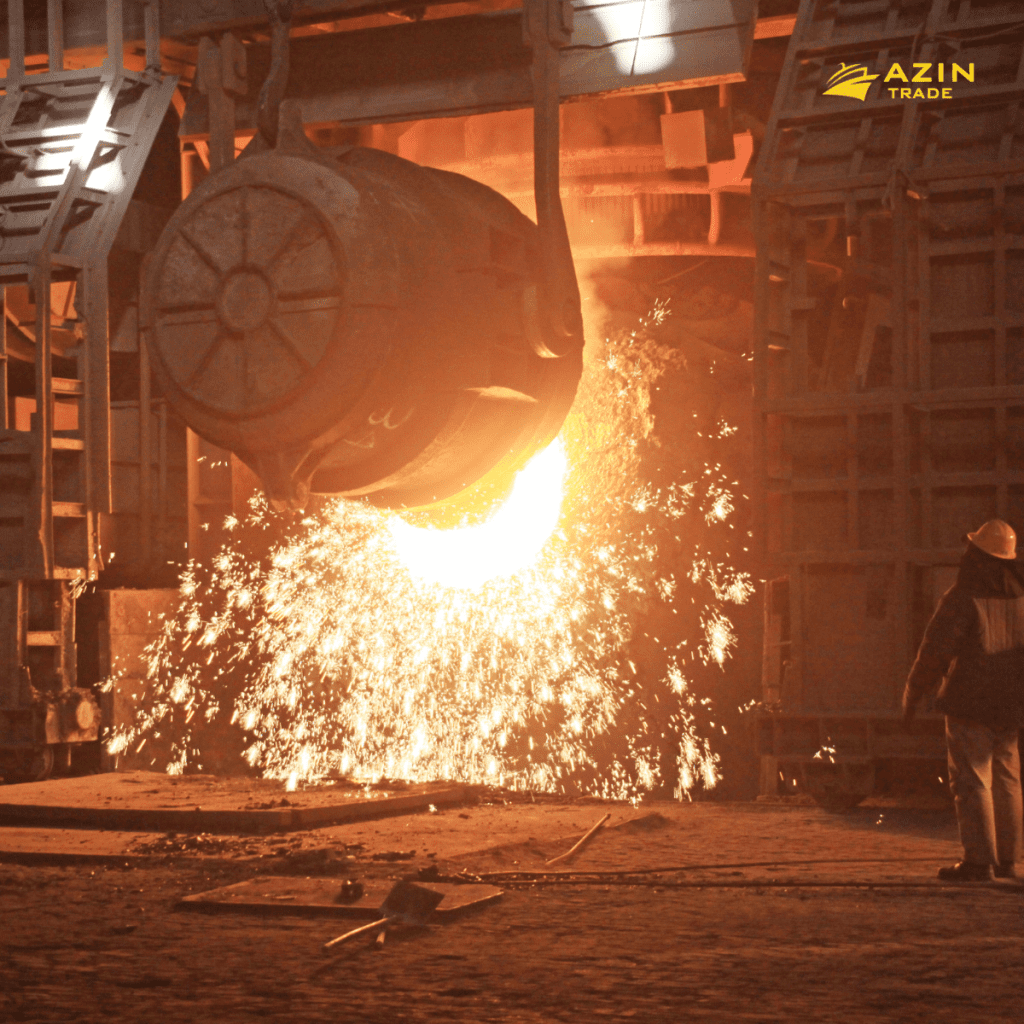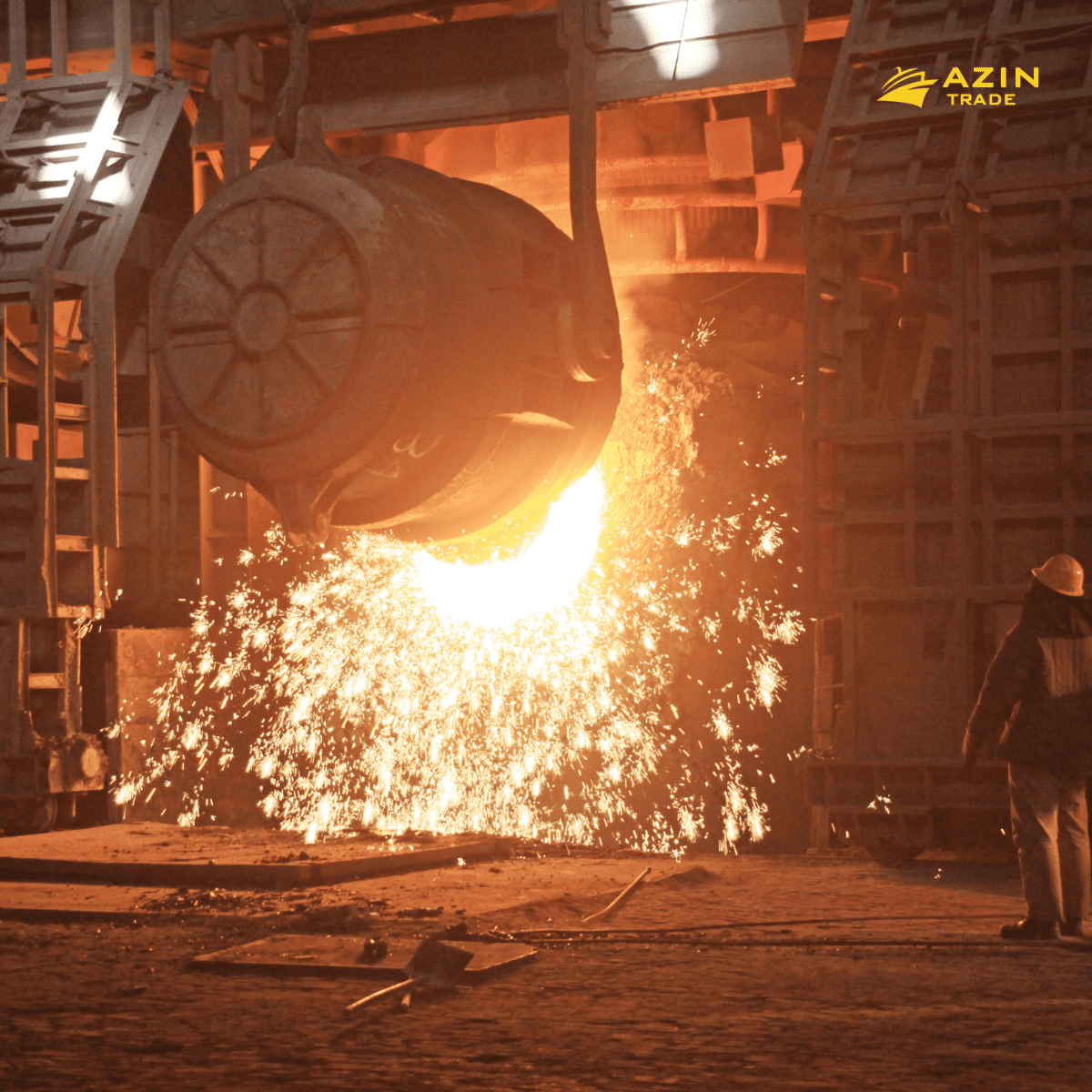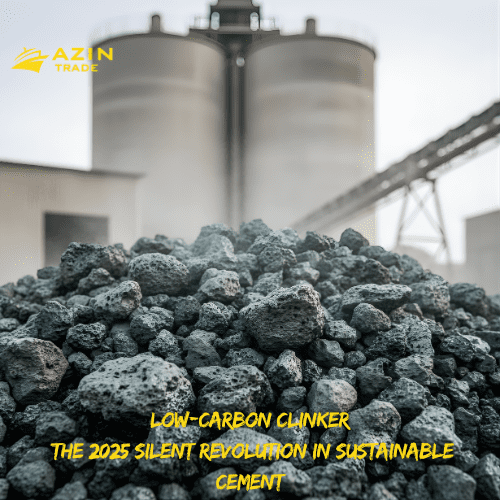
Coal
The Role of Coal in Ceramic Tile Making Furnaces: A Reliable Energy Source
Introduction:
Ceramic tile making is a time-honored craft that relies on efficient and sustainable energy sources for firing and glazing processes. Among the various fuel options available, coal has traditionally been employed as a reliable energy source in ceramic tile making furnaces. In this article, we will explore the significance of coal and its role in the firing process, highlighting both its advantages and environmental considerations.
The Role of Coal in Ceramic Tile Making
Historical Context
For centuries, this product has been a primary fuel source for a variety of industrial applications, including ceramic tile manufacturing. Its widespread availability and relatively low cost have made it a favored choice among manufacturers seeking to optimize production efficiency.
Advantages of Using Coal
- High Energy Density: Coal boasts a high energy density, meaning it can produce a significant amount of heat per unit, which is essential for the high temperatures required in ceramic tile firing.
- Cost-Effectiveness: Compared to other fuel sources like natural gas or electricity, coal is often more cost-effective, making it an attractive option for large-scale tile producers.
- Consistent Heat Supply: Coal-fired furnaces provide a steady and reliable source of heat, which is crucial for maintaining the uniform temperatures needed for the proper firing and glazing of ceramic tiles.
Environmental Considerations
While coal offers several benefits in terms of efficiency and this product , it also poses significant environmental challenges that cannot be overlooked.
Emissions and Pollution
Coal combustion releases a variety of pollutants, including carbon dioxide (CO2), sulfur dioxide (SO2), and nitrogen oxides (NOx). These emissions contribute to air pollution, acid rain, and global warming, posing serious environmental and public health risks.
Resource Depletion
Coal mining is an energy-intensive process that can lead to the depletion of natural resources and the destruction of ecosystems. It also results in significant land disturbance and habitat loss.
Waste Management
The combustion of coal generates ash and other by-products that require proper disposal. Managing these wastes responsibly is crucial to minimize environmental impact.
High Energy Density:
Coal, a fossil fuel, boasts a high energy density, making it an ideal choice for providing the intense heat required during the ceramic tile firing process. When coal is burned, it releases a substantial amount of heat energy, ensuring uniform and efficient heating throughout the furnace.
Consistent Firing Temperature:
The controlled combustion of this product allows ceramic manufacturers to achieve and maintain consistent firing temperatures within the kiln. This precision is crucial in ensuring the desired quality and properties of the ceramic tiles, including color, texture, and strength.
Cost-Effectiveness:
Coal has been favored in the ceramic industry for its cost-effectiveness, especially in regions where it is readily available. As a widely available and relatively affordable fuel option, coal offers manufacturers a practical solution for large-scale tile production.
Reduction of Fuel Waste:
Ceramic tile making furnaces require a continuous and steady heat supply, and coal provides a stable energy source that minimizes fuel waste. Its steady combustion rate ensures consistent heat output, reducing the risk of temperature fluctuations that could affect the final product.
Environmental Considerations:
Emissions:
While coal is an effective energy source, its combustion does produce emissions, including carbon dioxide (CO2), sulfur dioxide (SO2), and particulate matter. To mitigate environmental impact, modern ceramic manufacturers are adopting cleaner combustion technologies and implementing emission control measures.
Environmental Regulations:
As environmental concerns grow, ceramic tile manufacturers are increasingly exploring alternative energy sources and adopting more sustainable practices. This includes transitioning to cleaner fuels, such as natural gas or renewable energy options, to reduce their carbon footprint.
Conclusion:
The use of this this product in ceramic tile making furnaces has played a crucial role in the industry’s growth and development for many years. Its high energy density, cost-effectiveness, and ability to provide consistent firing temperatures have made it a valuable energy source. However, as sustainability becomes a priority, ceramic manufacturers are exploring greener alternatives to minimize their environmental impact. By embracing cleaner technologies and responsible practices, the ceramic industry can continue to create exquisite ceramic tiles while contributing to a more sustainable future.





